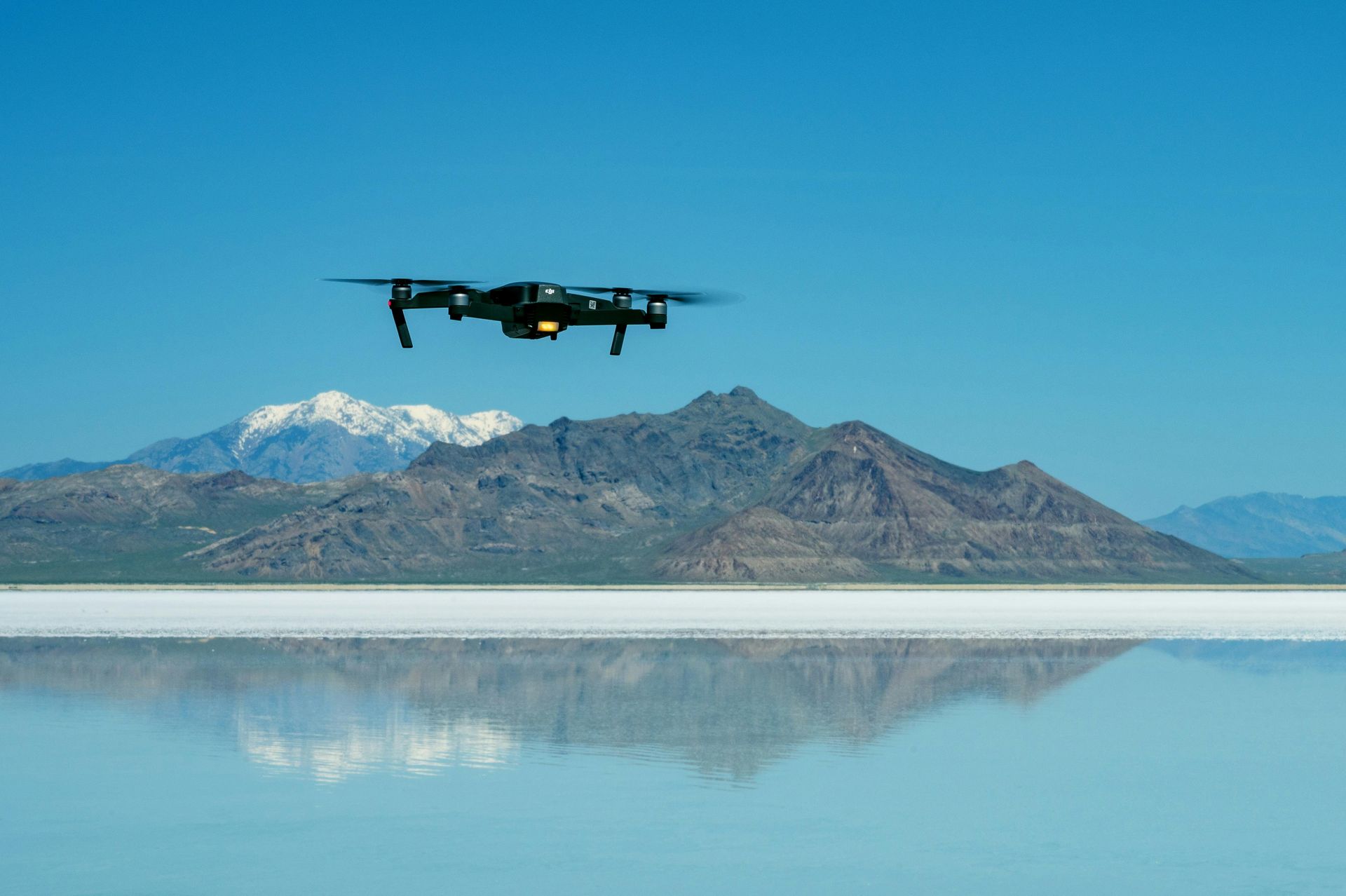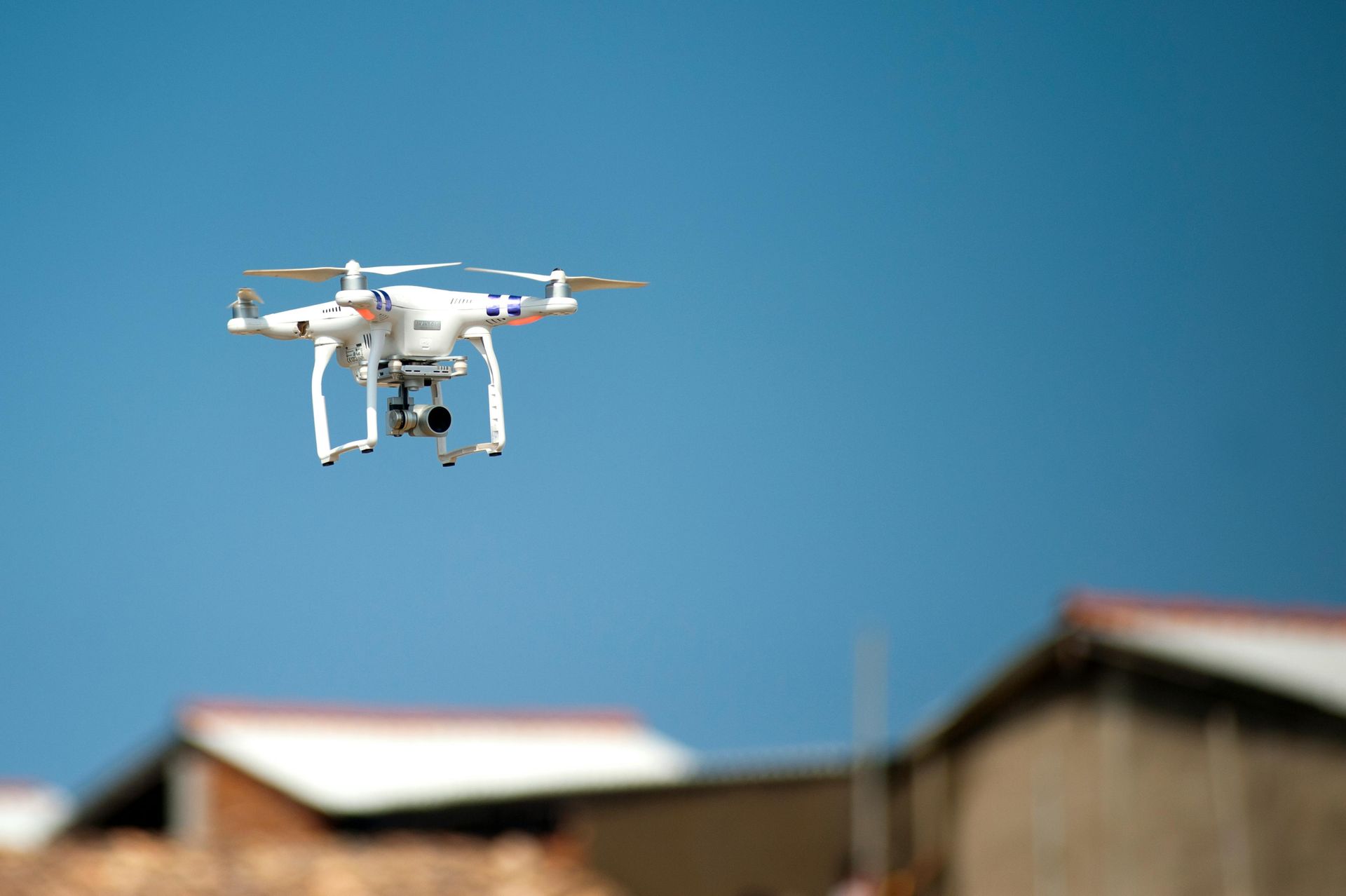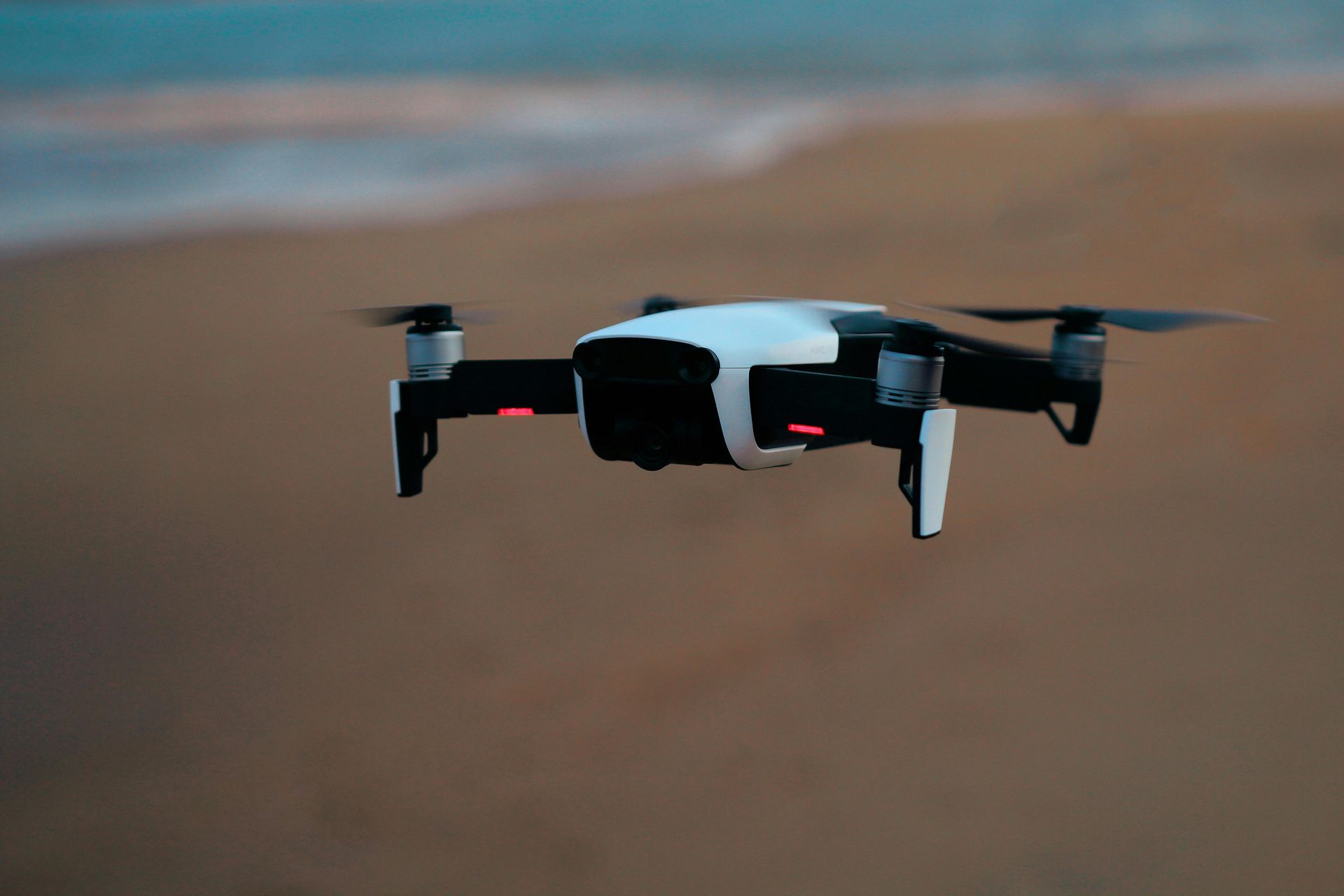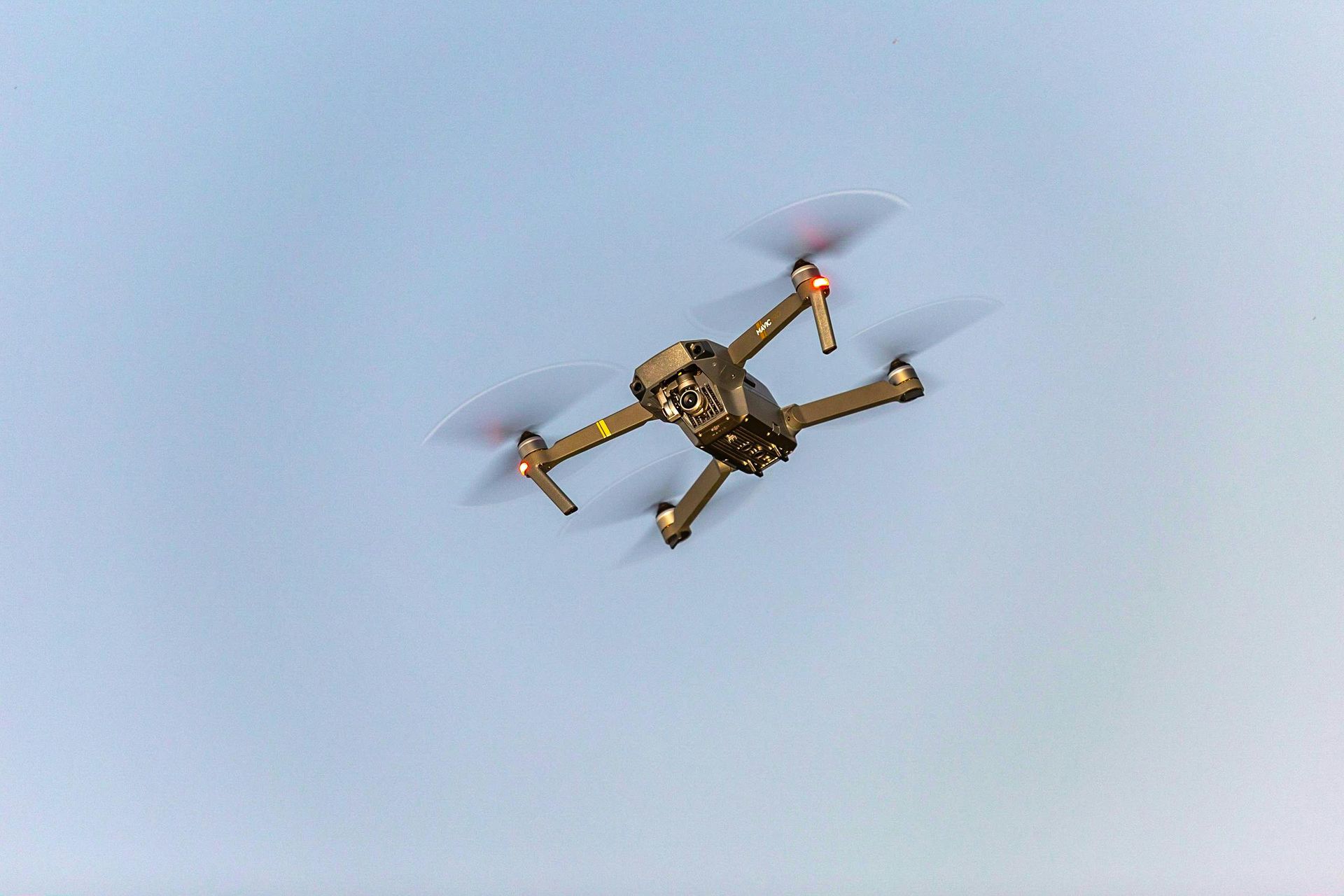How to Plan a Drone Filming Session: Location, Weather, and Gear
Drone filming offers a dynamic way to capture stunning visuals for commercial, industrial, and creative projects. Whether you’re showcasing real estate, tourism spots, construction progress, or marketing content, careful planning is key to achieving professional results. From choosing the right location to preparing your equipment, each step influences the quality of your footage and the efficiency of your session.
Selecting the Ideal Location
The first step in planning any
drone filming session is choosing the location carefully. Consider accessibility, the type of shots you want, and potential obstacles such as trees, buildings, or power lines. Open areas with minimal interference provide safer and more flexible filming opportunities. If capturing urban environments, research local guidelines and obtain necessary permissions where applicable. Evaluating your location ahead of time ensures smoother operations and maximises creative possibilities.
Monitoring Weather Conditions
Weather has a significant impact on filming quality. Windy conditions can affect stability, while rain or fog can damage equipment and reduce visibility. Always check the forecast before scheduling a session and consider using apps or online tools that provide real-time weather updates for your location. Optimal filming usually occurs during calm, clear conditions, and golden hours around sunrise or sunset can add natural lighting effects that elevate your aerial footage.
Choosing the Right Drone and Gear
Selecting the best drones for filming is crucial for achieving cinematic quality. For high-resolution footage, consider drones with 4K cameras, gimbal stabilisation, and extended flight times. A good drone for filming will also include reliable battery life and easy-to-use controls.
For those working on a budget, there are several options classified as the best budget drone for filming, offering solid performance without compromising essential features. Accessories like spare batteries, memory cards, and ND filters can enhance your shoot and prevent interruptions.
Planning Shots and Flight Paths
Before taking off, outline the shots you want to achieve and plan your drone’s flight paths accordingly. Sketching shot lists or using software to map routes can help visualise angles, heights, and movement patterns. Incorporating techniques such as panning, tracking, and orbiting can add cinematic value. Planning in advance also ensures you capture all necessary footage efficiently, reducing time spent flying and avoiding missed opportunities.
Ensuring Safety and Compliance
Even in general locations, safety is paramount. Maintain line-of-sight with your drone, avoid crowded areas, and respect local regulations. Ensure all team members are briefed on procedures, and keep emergency protocols in place. Safe practices prevent accidents and protect both your equipment and the public, allowing your session to proceed smoothly and professionally.
Drone filming is a powerful tool for capturing unique perspectives and enhancing your content. By carefully selecting locations, monitoring weather, preparing the right equipment, planning your shots, and prioritising safety, you can create high-quality aerial footage that meets professional standards.
At Drone Photography Manchester, we specialise in professional filming for businesses and organisations across Manchester. Our experienced team combines technical expertise with creative vision, providing reliable, high-quality aerial videography. Whether your project is commercial, industrial, or creative, we deliver results that elevate your content and engage your audience effectively.
Just out on X:
Drone filming made easy – location, weather, and gear tips!
